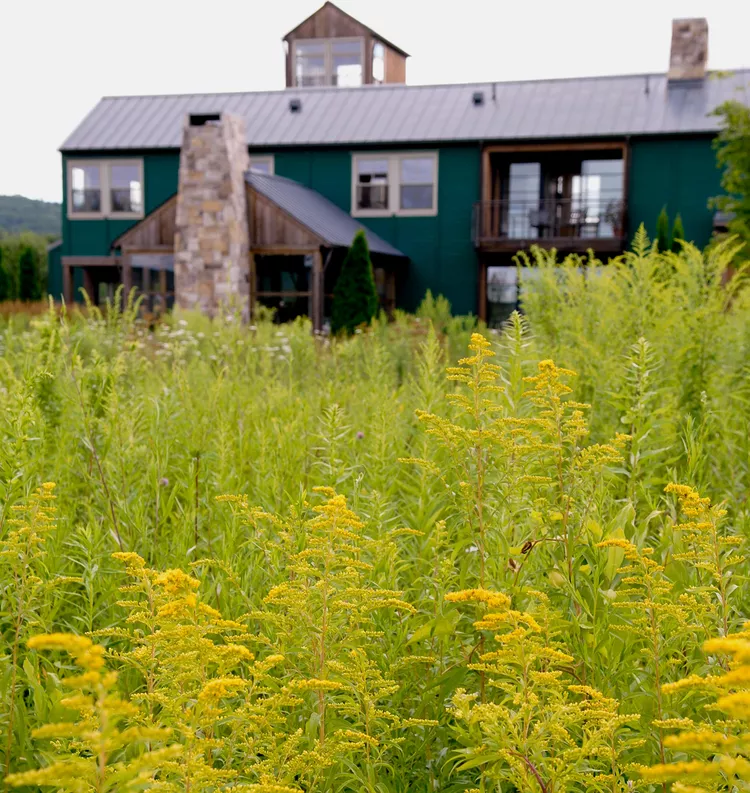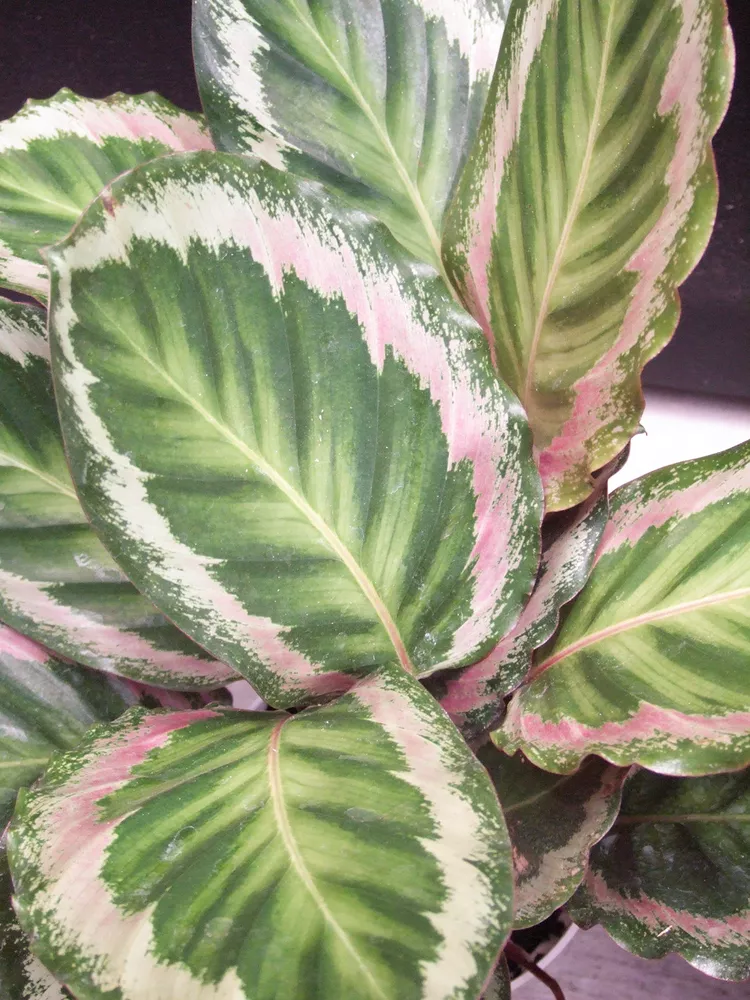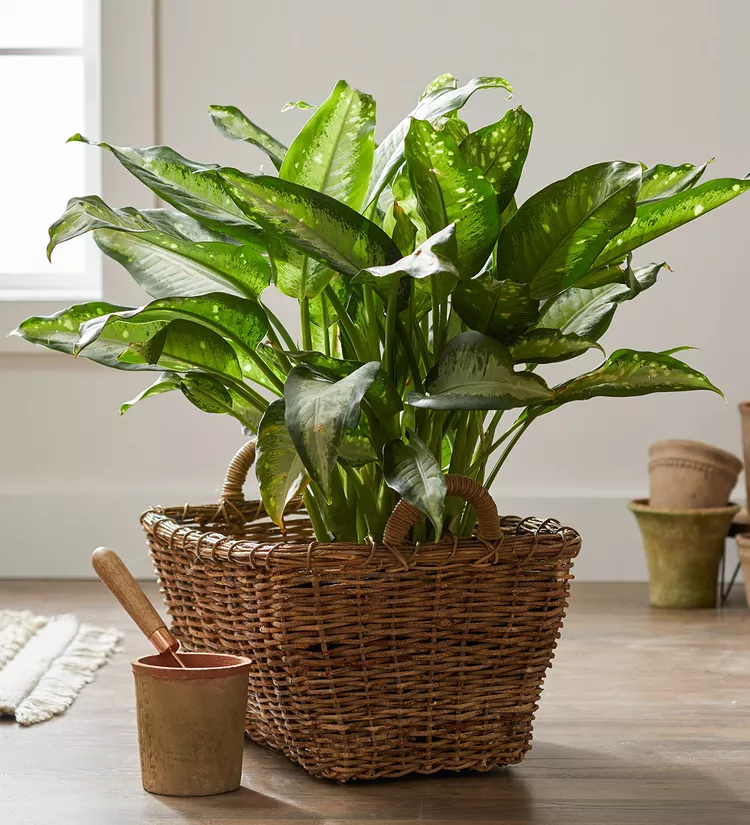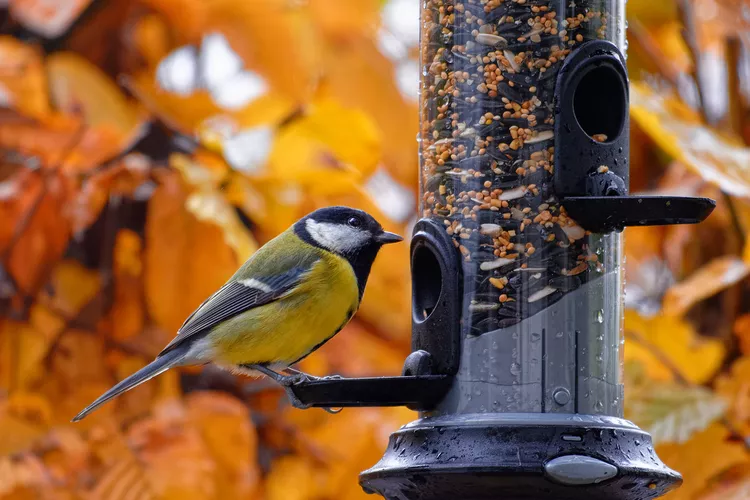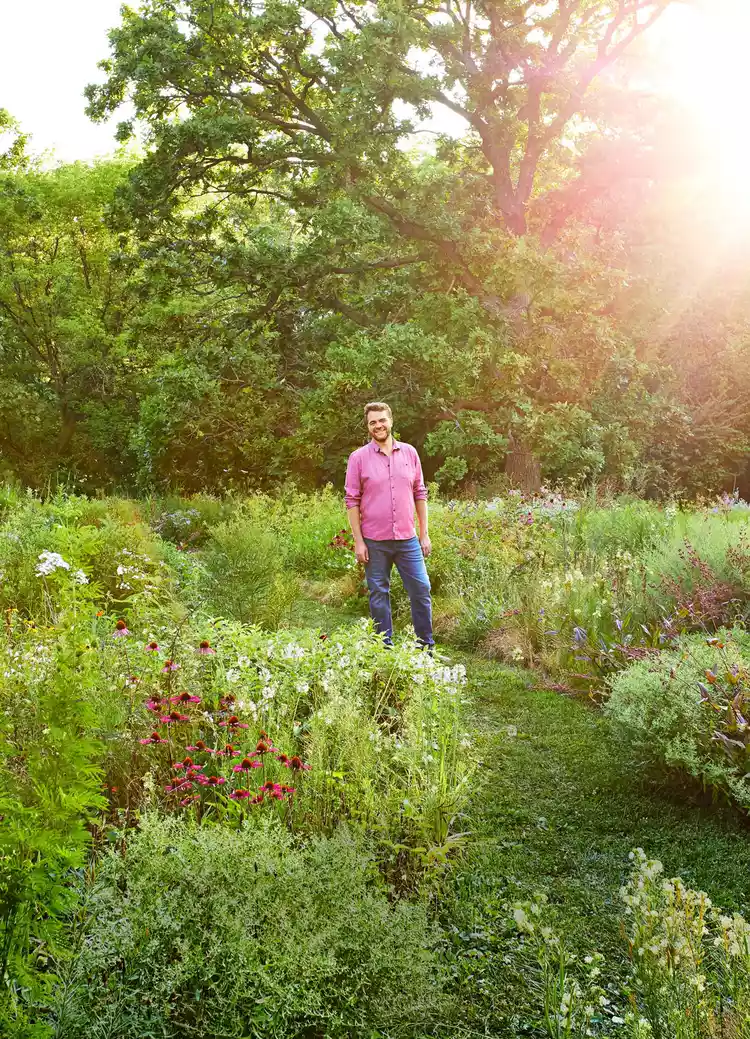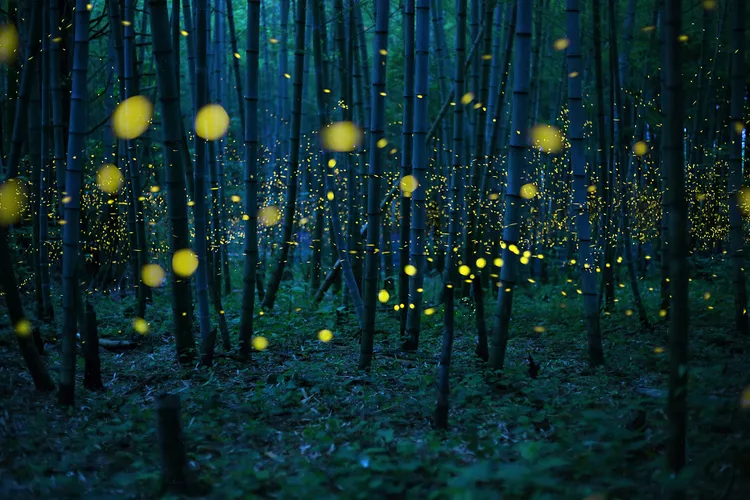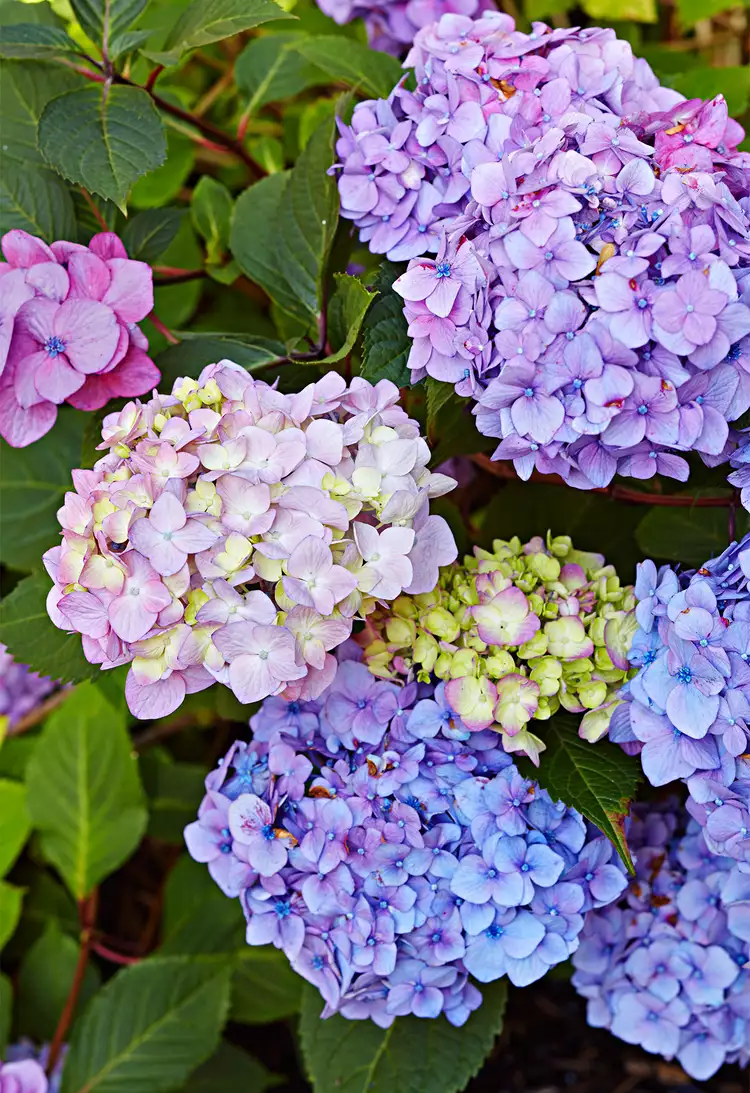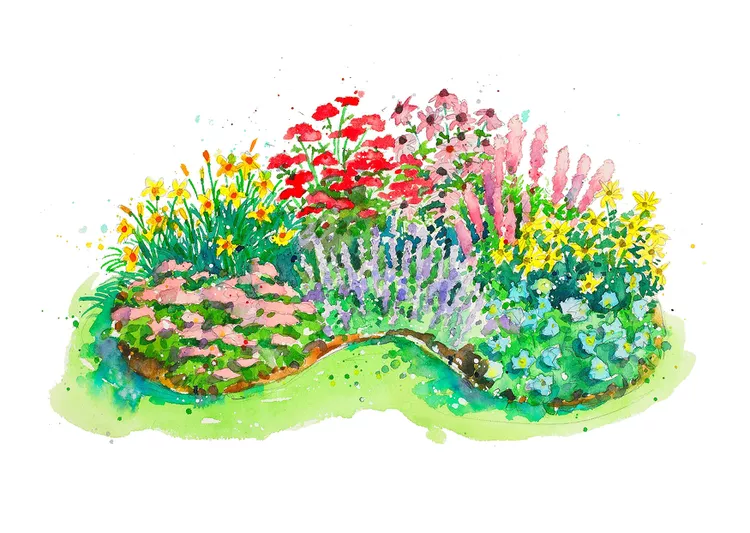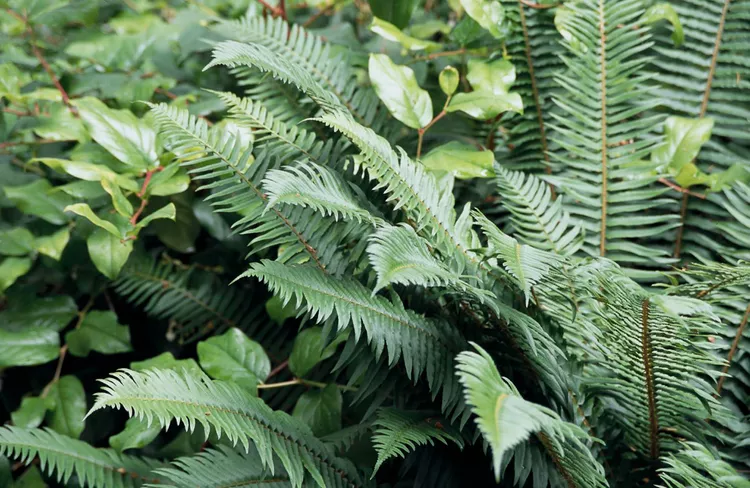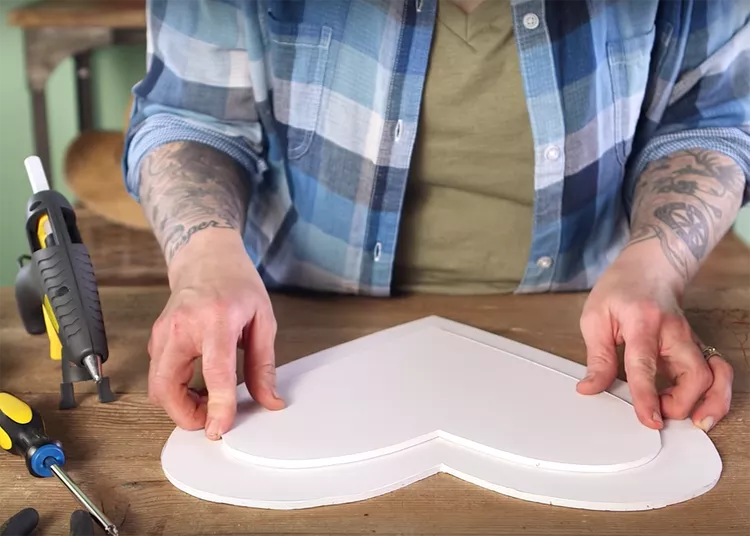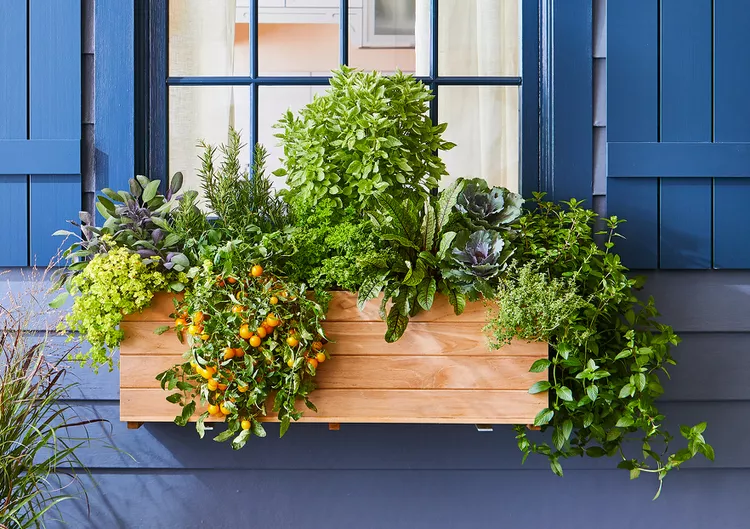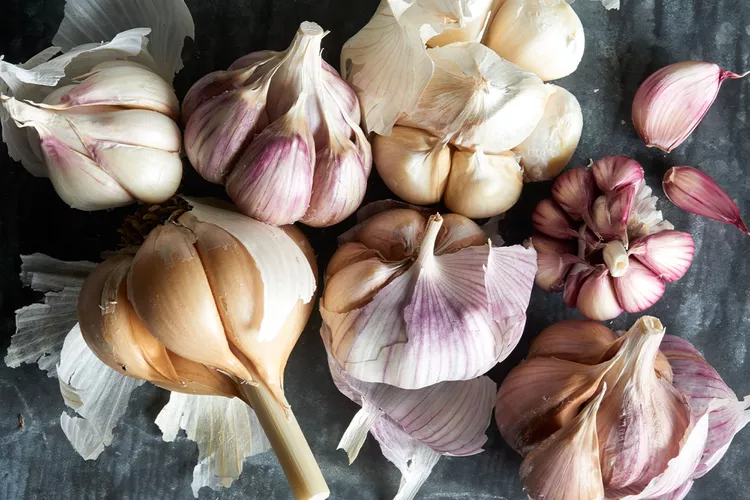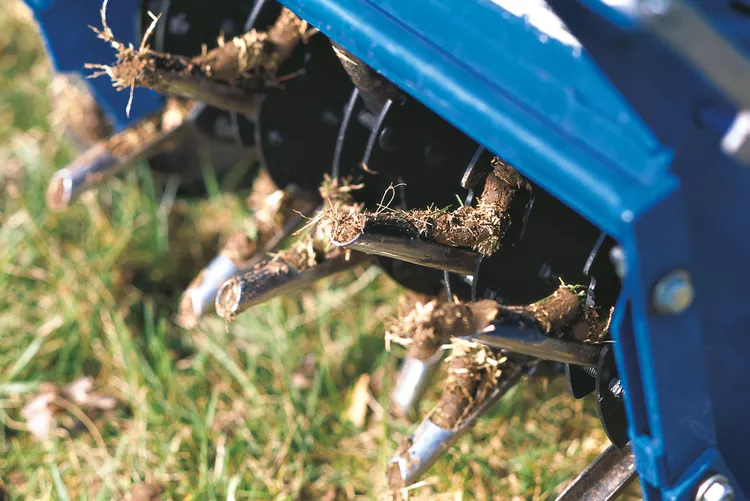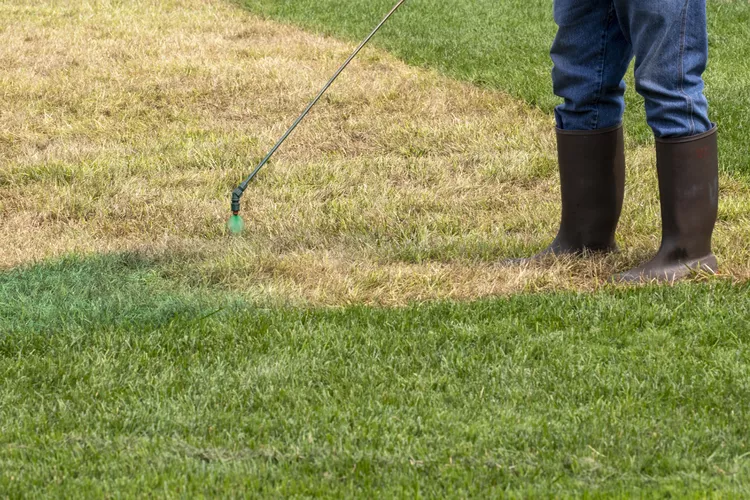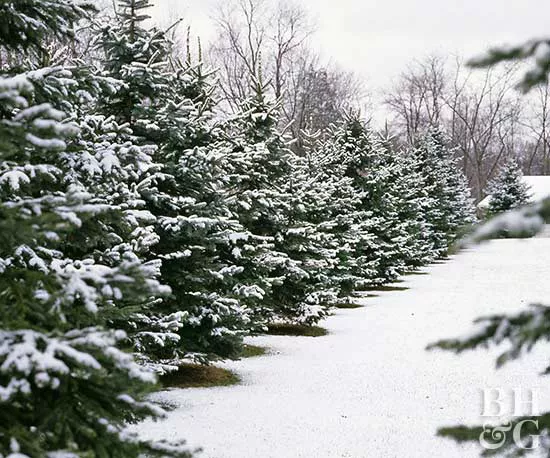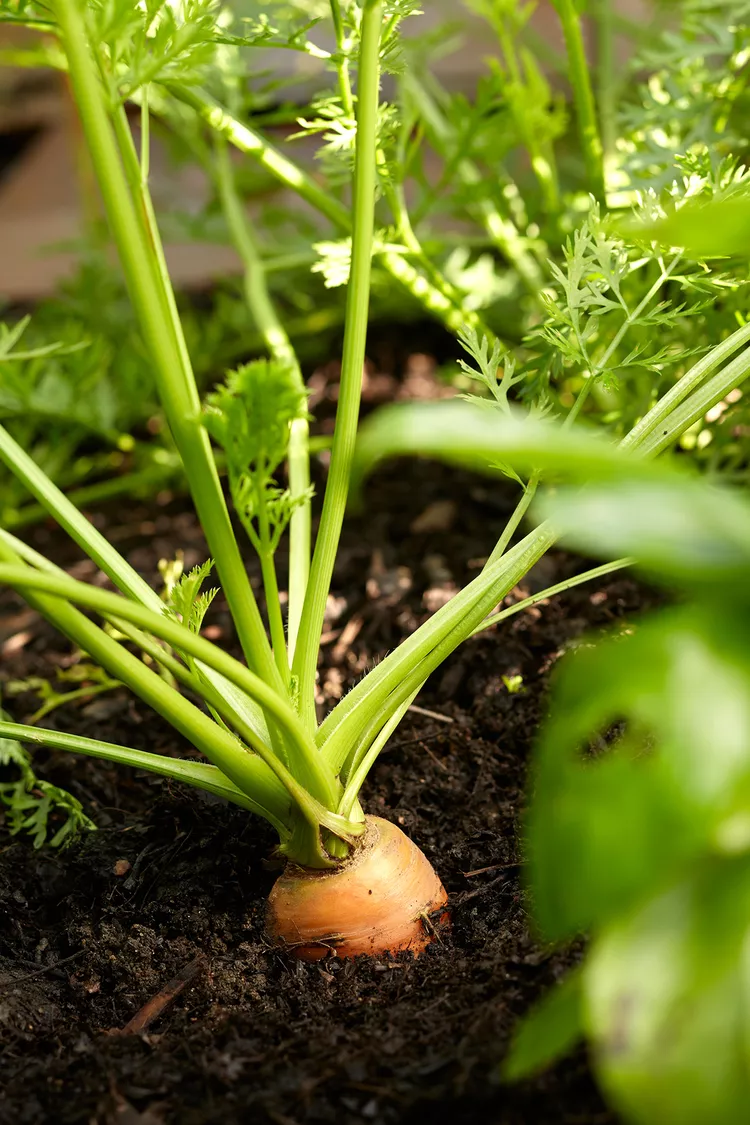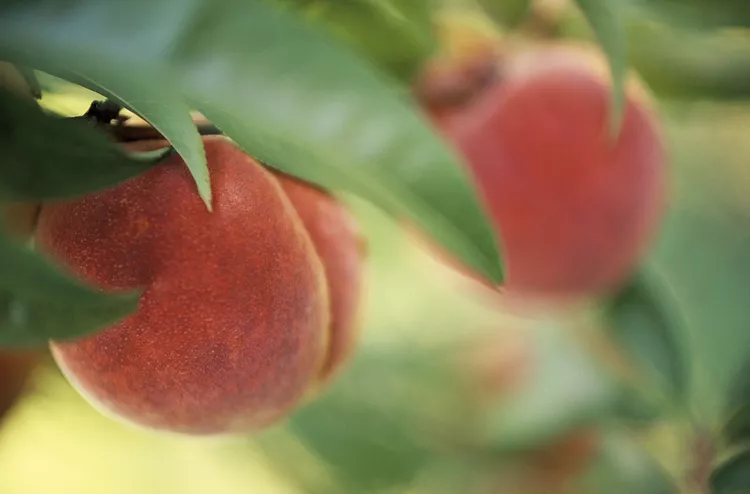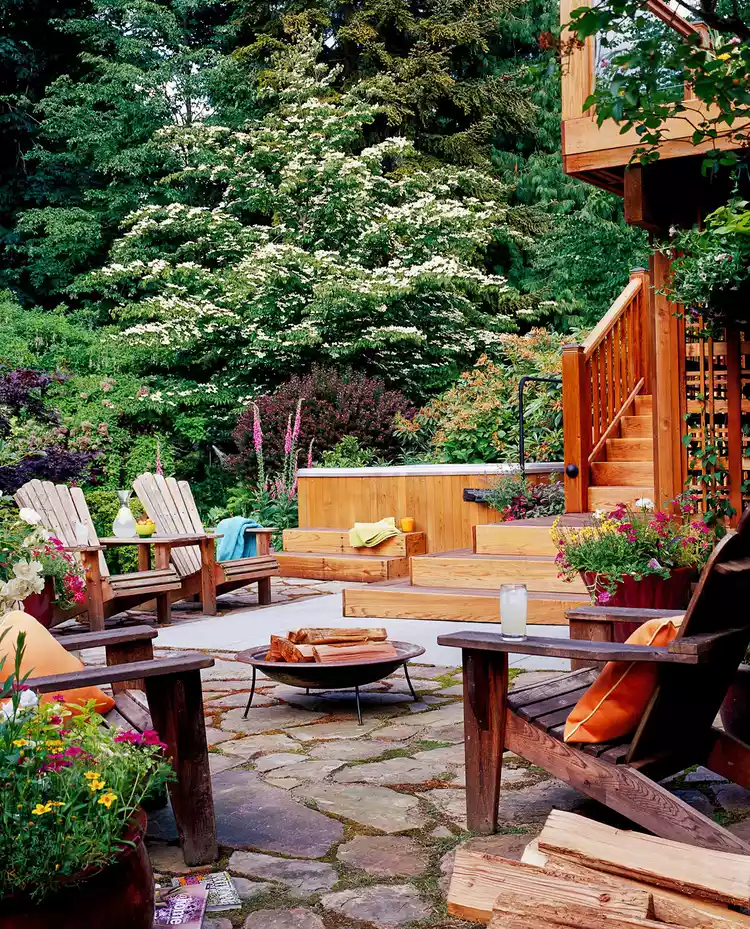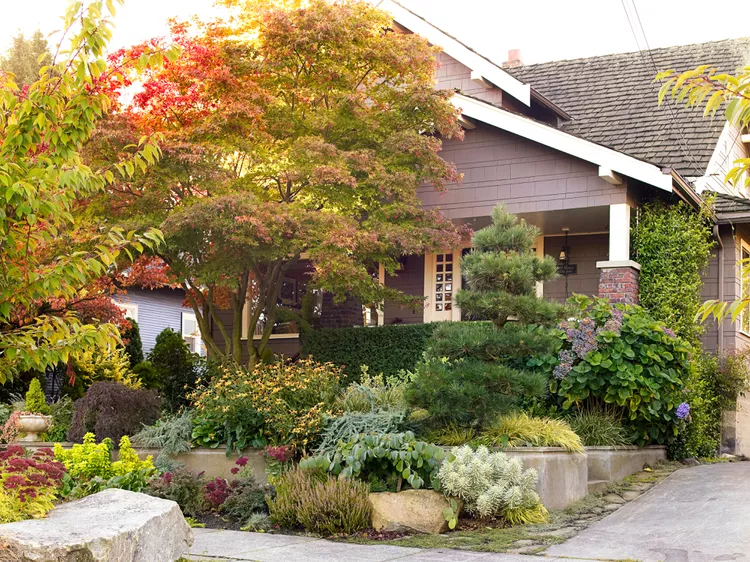Freshly-mowed lawns are pretty to look at, but they're not the best for the environment. The emissions from gas-powered mowers and trimmers contribute to air pollution, and mowing over native grasses and wildflowers reduces the nectar for pollinators. Instead of sticking to an every-other-week mowing schedule, let your grass grow a little longer, skip the herbicide, and commit to mowing less often (it's one less garden chore to worry about most weekends!). If you're not ready to completely let go of your mowing schedule just yet, start by taking a break from a small section or troublesome area in the landscape. It'll help the local plants and animals, and give you an idea of what mowing less will look like in your entire yard.
1. Conserve Water
Using drought-resistant and native plants will cut down the amount of water needed to keep your landscape looking full and colorful. If you think about it, meadows occur naturally and survive solely on rainwater and dew. Try just giving your grass a little drink during dry spells, but otherwise, let nature run its course.
2. Attract Pollinators
Keep the bees, butterflies, and hummingbirds in mind when selecting plants. There's been a decrease in the number of pollinators in the last few decades, mostly due to disease and harsh pesticides. Truth is, pollinators are essential for crops like corn, soybeans, and other vegetables. Pick nectar-rich plants like coneflower and aster (and let the dandelions grow!) to give them plenty of pollinating power.
3. Help the Birds
Attract more birds to your property by not cleaning up as often (yes, really!). The dried up and dead stems and stalks from meadow plants provide easy nesting materials. If you can, leave any dead plants in your landscape so birds have plenty of materials to build nests in spring. To bring more birds to your yard, pick seedy plants like sunflowers and cosmos, or try some native grasses. Birds will love the convenient food source.
4. Use Less Gas
Everyone's heard about air pollution from cars, livestock, and factories, but did you ever think about what running your mower every week can do to the air in the long run? Since many models run on gas, the exhaust releases many of the same gases that cars do. Accidentally spilling gas when you're filling up the tank can also do a number on your soil and your plants. Mow less and you'll reduce air pollution; it's that simple. Or, at least switch to a cleaner, more eco-friendly battery-powered option.
5. Get Cut Flowers
Many meadow plants make for amazing cut flowers that last a long time in a vase. Plant flowers like zinnia and bee balm for stunning bouquets all season long. Plus, many of these plants self-seed, creating more flowers with little to no effort from you.
6. Use Native Plants
Planting natives is beneficial for the surrounding area, and usually, those indigenous plants are a part of the ecosystem in more ways than one. Those species naturally grow in that particular type of soil and animals in the area are used to having those plants as their habitat. Southwestern birds make their homes in tall saguaros, and small mammals in the Midwest create burrows and nests in tall grasses. Natives also tend to be hardier and more drought-tolerant than non-natives. These plants are a sure way to meadow success.
7. Grow In Problem Areas
Since natives and other meadow plants are typically hardy, you can rely on them to troubleshoot landscaping problems where you just can't get grass to grow. Lupines and coneflowers are gorgeous go-to plants for stabilizing a hillside. Look for other erosion-controlling varieties to mix in. If you get a lot of deer and rabbits, you can cater your plant choices to plants they won't eat, like yarrow and foxglove. Have an area of the yard that is constantly boggy and drowns out anything you plant there? There are meadow plants for that, too. Try milkweed and larkspur. Last but not least, add some beauty and privacy to the parking strip in front of your house. Those areas deal with a lot of foot and paw traffic, so plant hardy flowers like columbine and lavender.
8. Prevent Pests
Shasta daisies and rock cress are known for their growing prowess, but some of their strength may actually come from the beneficial insects they attract. Bugs like ladybugs and lacewings help to keep pest populations in check, saving your garden from a parasitic disaster. Many of the same plants that beneficial insects are attracted to are the same plants that attract pollinators, so you can get two benefits out of planting the same flowers.
Letting native plants grow instead of mowing over them helps the local ecosystem thrive the way it should be, instead of stunting the natural order of things. Meadow plants are just as beautiful as more unusual annuals and perennials, and grow even stronger since they are used to the conditions in your backyard. Letting your lawn grow also helps you be more eco-friendly in the landscape by saving water and reducing emissions. And the best part of mowing your lawn less is that the landscape will do most of the work for you.
